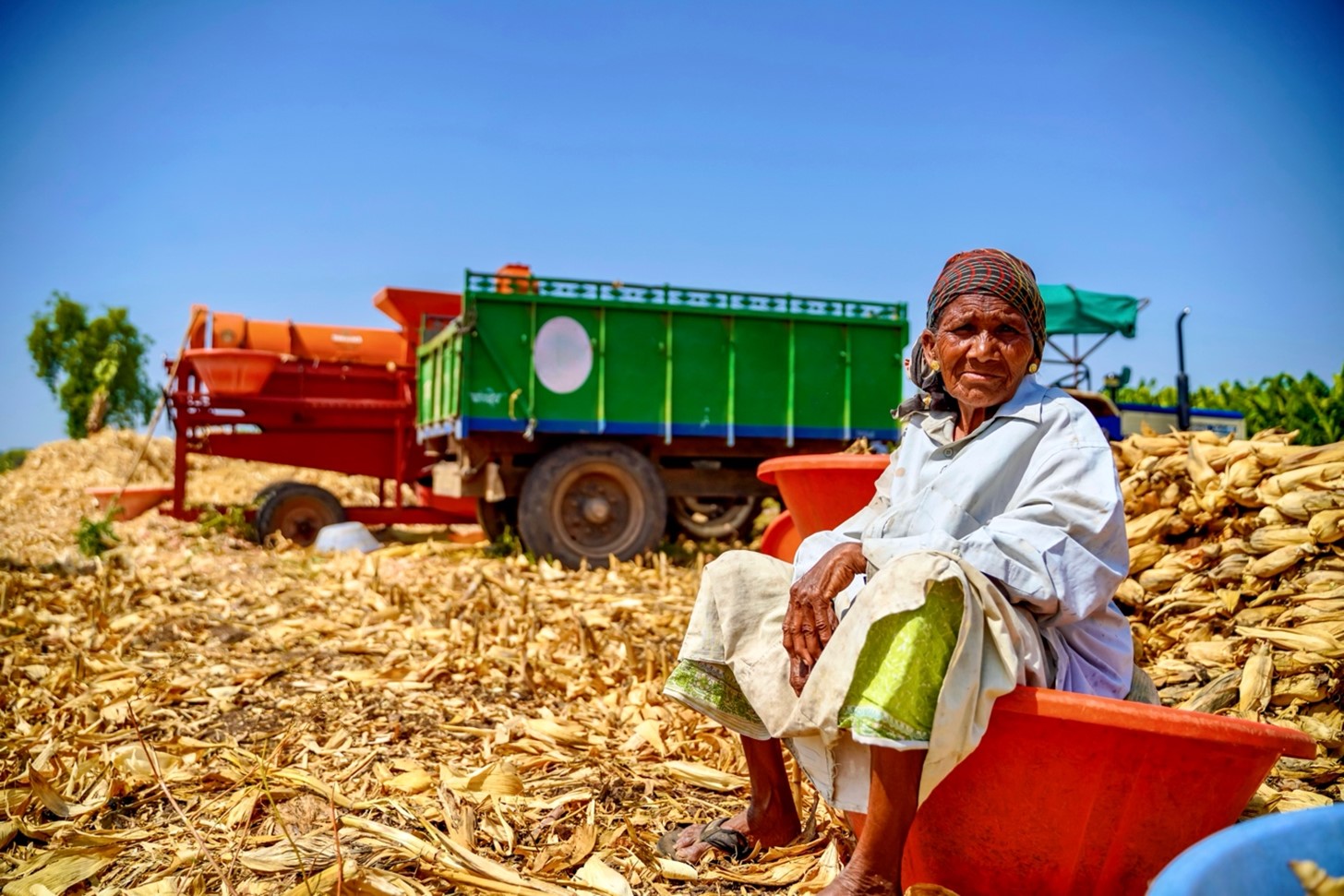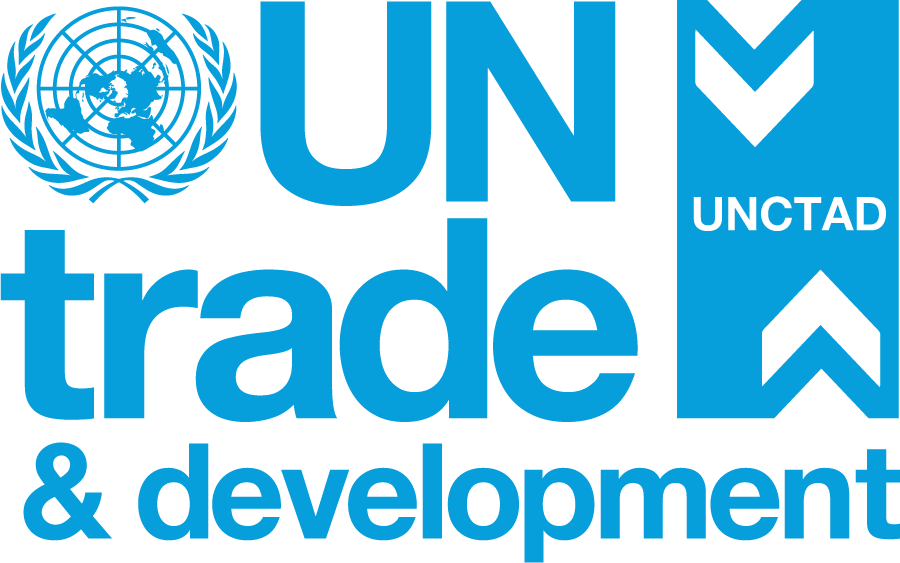By integrating the circular economy and the bioeconomy, countries can power development, curb waste and use natural resources more sustainably. But how?

© Adobe Stock/NIKS ADS | Some agricultural waste like maize husks can be used as a natural fibre for textiles, paper and in various industrial processes.
In a new report, UN Trade and Development (UNCTAD) and global partners make the case for integrating national circular economy and bioeconomy strategies – two fast-growing but often disconnected policy tracks.
Such integration will be key to fostering a circular bioeconomy that maximizes the efficient use of biomass through circular economy principles such as reuse, waste reduction and recycle.
But the report, released to mark the International Day for Biological Diversity on 22 May, reveals a critical policy blind spot after having mapped 143 national strategies.
While many countries have expanded circular economy plans focused on technical materials like plastics and metals, their bioeconomy strategies – covering crops, algae, forestry and agricultural residues – rarely include circular safeguards such as reuse, nutrient loops, value recovery or regenerative practices, even where organic solutions are already proving viable.
In most cases, bioeconomy practices rely on existing linear and extractive business models, which means they deplete biological resources and don’t contribute to maintaining ecosystem services.
“The circular economy, which aims to eliminate waste and pollution, circulate products and materials and regenerate nature, should be embedded in national bioeconomy strategies from the outset,” said Joss Bleriot, executive lead for policy and institutions at the Ellen MacArthur Foundation, a UK-based non-profit organization working to promote circular economy policy and systemic change.
“Without this, efforts to protect biodiversity risk being short-lived and disconnected from the systems that drive resource use.”
Connecting the dots between bioeconomy and circular-economy solutions
The circular economy and the bioeconomy are inherently complementary, offering distinct yet interconnected development pathways by using natural resources more sustainably.
While the circular economy aims to reduce waste and extend product life cycles, the bioeconomy focuses on replacing fossil inputs with renewable or biological ones.
When aligned, countries and communities have a powerful tool to conserve biodiversity, while stimulating job creation, innovation and rural livelihoods.
In this regard, the new report draws on field evidence from the Sustainable Manufacturing and Environmental Pollution (SMEP) Programme, which UN Trade and Development implements in partnership with the UK Foreign, Commonwealth and Development Office.
The SMEP programme, operating across Sub-Saharan Africa and South Asia, supports integrated circular bioeconomy pilots that not only reduce waste, but also create new value chains grounded in local realities and undervalued resources.
From turning banana and pineapple residues into textiles to repurposing fish waste as feed and fuel, SMEP-backed projects are transforming pollution challenges into innovative economic opportunities that protect biodiversity and empower women, informal workers and rural entrepreneurs.
“We see circular bioeconomy as key to industrial resilience and socially inclusive development,” said Counsellor Guilherme Feliciano of Brazil’s National Council of Justice at a recent event co-organized by UN Trade and Development, themed “Embedding the bioeconomy into national circular economy plans”.
“Brazilian courts are increasingly viewing sustainability not only as an ethical imperative but also an area of significant financial liability."
Need for global policy coherence
To realize the potential of the circular bioeconomy, policy efforts need to focus on putting in place national circular bioeconomy strategies where none currently exist.
Equally important is to harmonize national circular and bioeconomy strategies, which have been developed independently of each other, to ensure aligned goals and coherent regulatory frameworks.
“The analysis makes it clear: No country can deliver a circular bioeconomy in isolation,” said Luz María de la Mora, director of international trade and commodities at UN Trade and Development.
“Sustainable trade matters, so do investment, technology cooperation and innovation grounded in local realities. Coherent policies can help align these isolated initiatives and deliver for people, planet and the economy,” the director added.
Recommended actions
To better integrate circular economy and bioeconomy solutions in practice, the report recommends that:
- Governments coordinate across ministries to align circular and bioeconomy strategies, while developing enabling policies that support nascent bio-based industries and promote consumer awareness.
- Countries and international organizations enhance cooperation to enable technology transfer, policy development and share best practices.
- Private companies help create an enabling environment through investments, research and producing innovative bio-based alternatives.
- Standard-setting bodies and trade agencies improve data systems, develop metrics and support traceability to enable sustainable bio-based trade.
- Consumers help shore up the uptake of bio-based alternatives to make the circular bioeconomy more financially viable.



